About 15,000 raccoons living in southern Belgium are threatening flora and fauna and could spread disease.
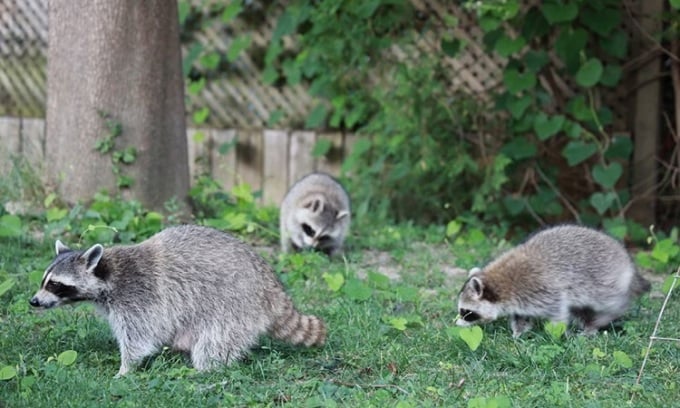
Raccoons are adaptable omnivores. Photo: Richard Burlton
Belgian forest manager Thierry Petit is barely keeping up with calls to deal with raccoons, North American animals seen as a threat to Europe’s native wildlife. Authorities admit it is too late to eradicate the entire population of more than 50,000 raccoons that roam the hills of southern Belgium. Belgium may have to live with the new invasive species, while trying to control their numbers and protect vulnerable local flora and fauna from predation or disease, AFP reported on September 4.
“We can’t handle all the requests right now,” said Petit, who works in the Barriere Mathieu forest near Tenneville. “We won’t come if someone reports a raccoon in their park. We’ll reduce the raccoon population if they threaten the black stork or the grey swallow.”
Native to North America, raccoons are agile omnivores well adapted to suburban life and have earned the nickname “trash raccoons”. Raccoons invaded Belgium from both east and west. One group spread from Germany, where they were introduced by Americans to hunt for sport and provide fur. The other group came from France, where they settled in the 1960s around the US air base in the Aisne region.
"From around 2005, we started finding footprints along waterways and carcasses of raccoons killed by cars on the road, which showed that the population was growing. They also thrived thanks to the mild winters," said biologist Vinciane Schockert.
Schockert is part of a team of researchers trying to determine the impact of raccoons on local species. Raccoons are good climbers and foragers, often breaking into homes. Along with tawny owls, waders nest in low-lying riverbanks, making them easy targets for raccoons.
Authorities in Belgium's southern Wallonia region are drawing up plans to tackle raccoons. "Raccoons are one of the five main causes of biodiversity loss worldwide. Raccoons are now so widespread across Belgium that we have to learn to live with them, while also finding ways to manage them where they cause the most problems and avoid allowing them to spread," said Celine Tellier, head of the environment agency in Wallonia.
Local authorities are discussing a cull with animal rights groups. Hunters armed with rifles often set traps to lure the animals into cages before shooting them.
An Khang (According to AFP )
Source link





![[Photo] "Beauties" participate in the parade rehearsal at Bien Hoa airport](https://vstatic.vietnam.vn/vietnam/resource/IMAGE/2025/4/11/155502af3384431e918de0e2e585d13a)
![[Photo] Looking back at the impressive moments of the Vietnamese rescue team in Myanmar](https://vstatic.vietnam.vn/vietnam/resource/IMAGE/2025/4/11/5623ca902a934e19b604c718265249d0)

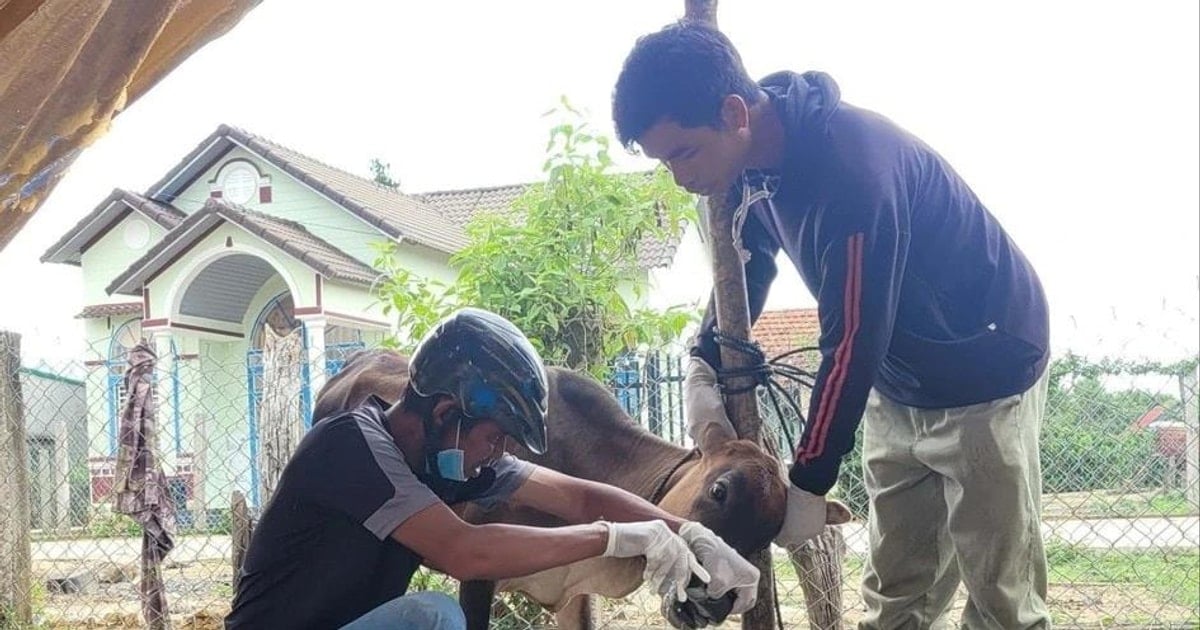







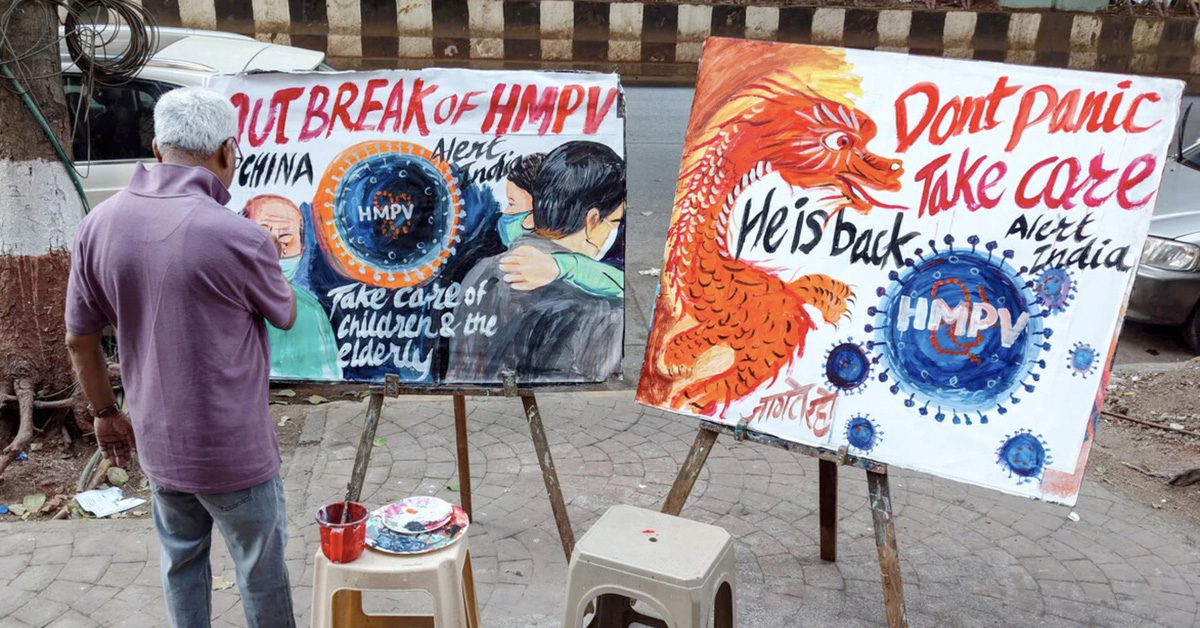




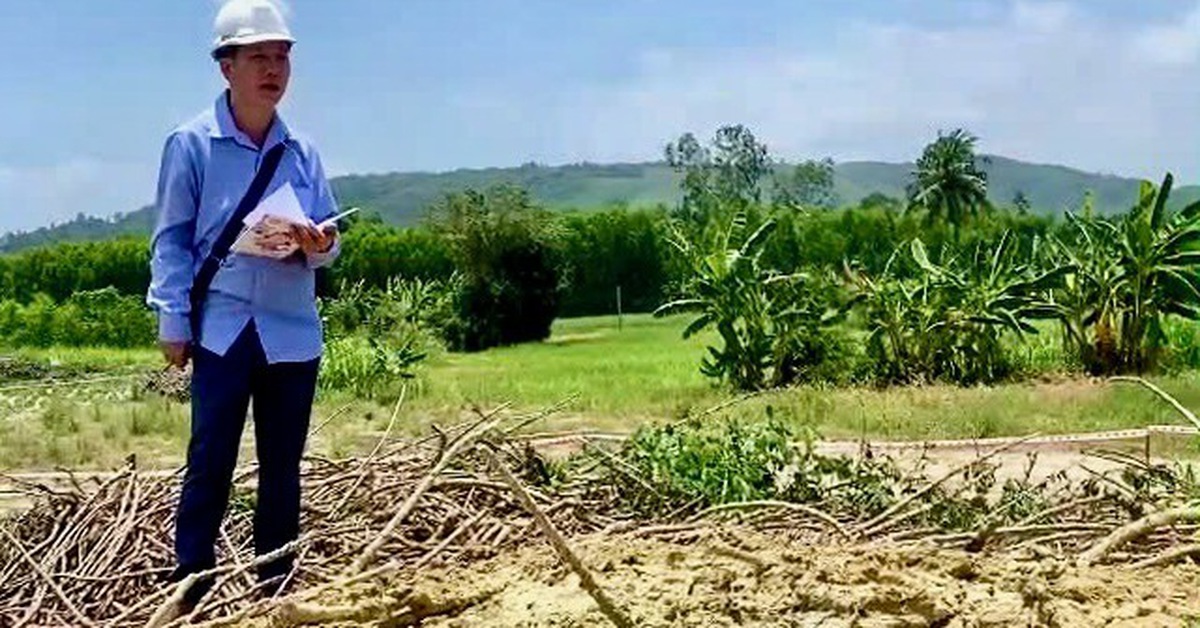

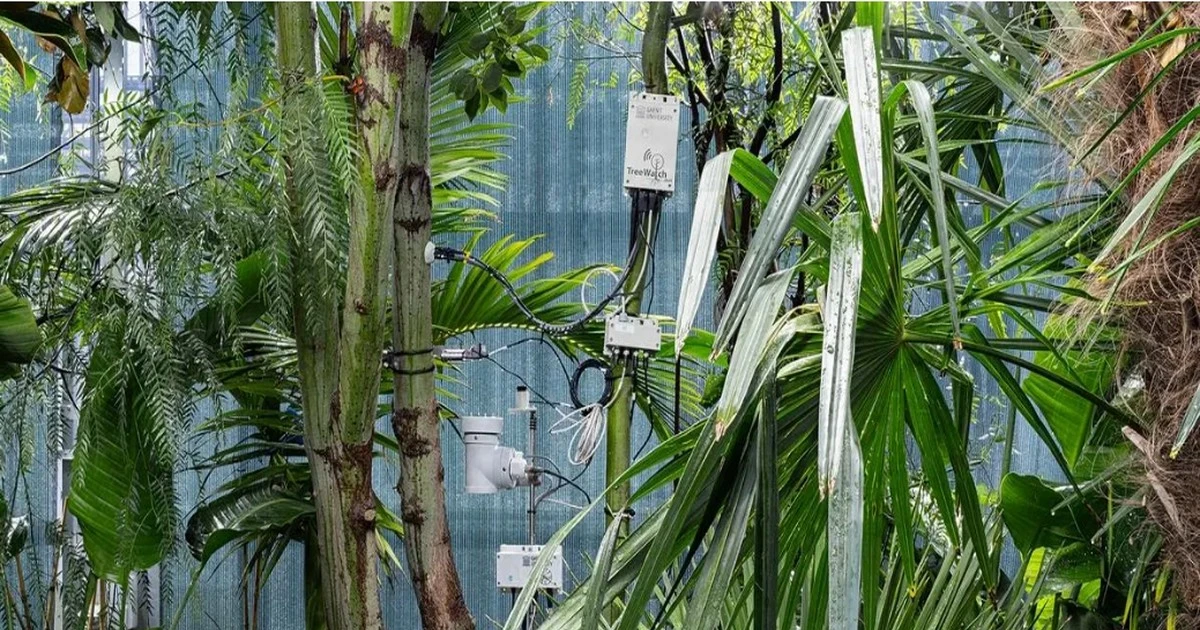










![[Photo] Summary of parade practice in preparation for the April 30th celebration](https://vstatic.vietnam.vn/vietnam/resource/IMAGE/2025/4/11/78cfee0f2cc045b387ff1a4362b5950f)




























































Comment (0)